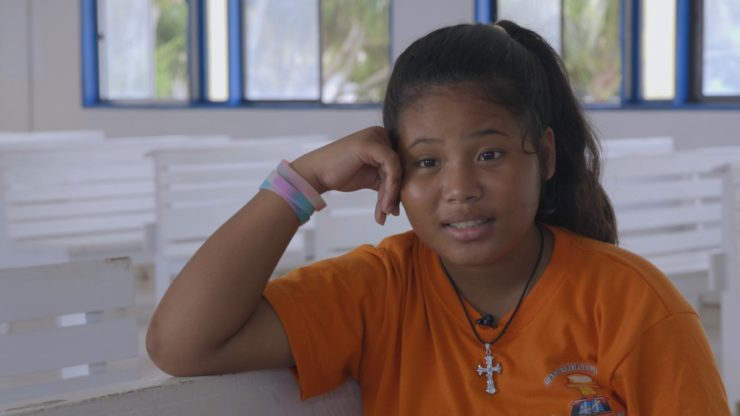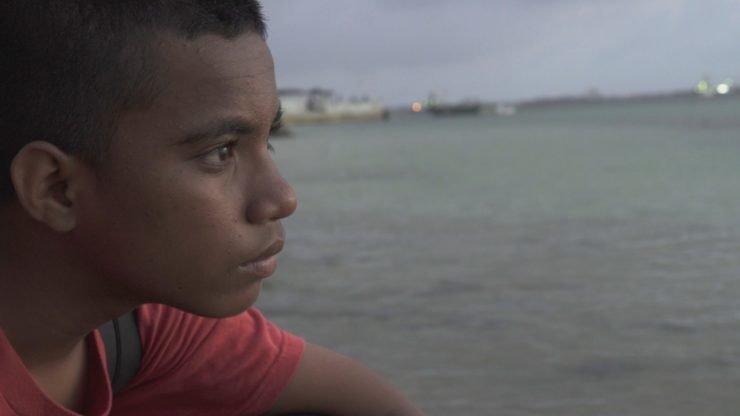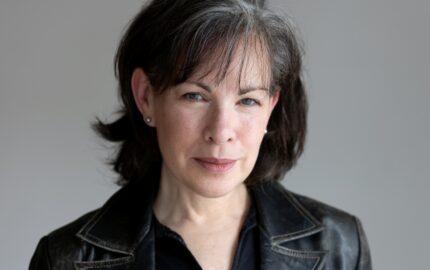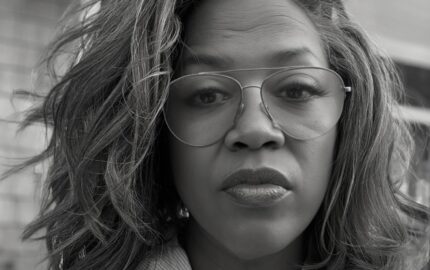Fans of the PBS program “Frontline” are familiar with the news documentary series’ format: its staccato theme music, vaguely reminiscent of a typewriter; the sober voice-over narration of Will Lyman, the very definition of gravitas; and the montage of on-the-ground footage interspersed with talking heads. It’s a formula that works: Over the course of nearly 35 years, the program has won hundreds of prestigious journalism awards.
"It was Michelle’s brilliant stroke to focus on kids. One of the problems of climate change stories is our tendency to turn the page – it just feels so overwhelming."
In recent years, “Frontline” has been exploring other formats, however, looking at how their growing digital presence can be leveraged with new and emerging storytelling tools. An example? One of its latest reports, “The Last Generation,” a multimedia interactive about climate change in the Marshall Islands, produced in collaboration with The GroundTruth Project.
“The Last Generation” tells stories of rising sea levels and floods and potential displacement almost entirely through the voices of three Marshallese children: Izerman, Julia, and Wilmer. Filmed footage of them is paired with interactive maps and other elements that are scrolled through at the viewer’s own pace.
I spoke by phone with Michelle Mizner, a video producer at “Frontline” and Katie Worth, a “Frontline” reporter, about their processes in working on “The Last Generation,” about what meaningful climate change journalism entails, and what kinds of resources it requires.

How did the idea for “The Last Generation” occur to you and how did it develop over the course of time?
Michelle: “The Last Generation” started as a collaboration between GroundTruth Project and Frontline; they had the opportunity to do some work around how climate change was impacting women and children. Katie and I were exploring different ideas and how we could approach telling stories about that. Initially, we were thinking about telling stories from the perspective of women with children, and then it occurred to us that it would be really interesting to talk to the children themselves and see what they had to say about what it was like to experience the impact of climate change.
We looked at a few different places where the impacts of climate change are being seen right now. We felt this was important – to be able to see climate change happening right now – and the Marshall Islands are one of the most impacted, most threatened places due to sea level rise.
Katie: It was Michelle’s brilliant stroke to focus on kids. One of the problems of climate change stories is our tendency to turn the page – it just feels so overwhelming; it’s a story that’s huge and people don’t feel like they have power over it. People turn away from these stories. So how do you make it compelling? There’s also the issue of science – it’s so complex. We wanted to figure out how to tell a story that people would lean into.
The telling of the story through the point of view of the three kids and not having adult voices was incredibly effective. Can you talk about that process? What was it like to work with these kids?
Michelle: It was a lot like any reporting process; we were there laying groundwork and developing contacts. The specific idea evolved organically; people told us that kids in the Marshall Islands could tell us all about climate change. Adults were excited and intrigued about our focus on kids, and they kind of stepped back and just let the kids tell their stories.
We met a lot of great kids and it was hard to narrow down whose stories we’d end up capturing, but Izerman impressed us right away with his precociousness and his deep understanding of some of the actual physical and geological impacts of climate change. He’s so savvy and interested in how the world works and how humans interact with it. We met Julia at her school, which is an interesting place because she lives on Ejit Island, which gets inundated [with floodwater] frequently and it’s a place where many people displaced from Bikini [Island] now live. We met Wilmer at a science fair.

This is a really ambitious multimedia piece that clearly had a lot of moving parts. How did you bring this from idea to finished piece?
Katie: To be honest, we didn’t go there with the idea to make a multimedia piece; initially, we thought it would be a short film. But it became pretty clear, pretty fast that the idea of making a short film with three characters to whom nothing happens and who are not connected to each other – basically three profiles of three characters -- would be hard to build a narrative around. It would also be hard to include all of the deep reporting that would provide the context needed to understand the story. We realized once we got back from the Marshall Islands that multimedia would give us a lot more latitude.
Michelle: The other benefit of a multimedia approach was providing the opportunity for the user to choose their own pace for moving through the story. That’s what so strong about the interactive, multimedia form. When you include video and text and sound and allow the user to go as deep as they want and allow them to determine how much time they want to spend with it, that creates some agency. It allows that “lean-in” experience Katie mentioned while remaining cinematic.

What kinds of resources does it take to do a project like this?
Michelle: It’s so important to mention that these projects don’t happen without the support and time that was given to us from our executive producer, Raney Aronson. She pushed us and the entire staff at “Frontline” to really explore new forms, and we’ve made a lot of headway within different spaces over the past four years that I’ve been there. Whether it’s a podcast or an interactive project or VR, she’s not only providing some of the vision, but also giving the staff time to do it. Time is so important – we were given time even after we were done shooting “The Last Generation” to come home and think about the best way to tell this story.
The close partnership of GroundTruth was important too. We met regularly with them and got feedback, and they supported the project financially and were close allies throughout. Our director of digital video, Carla Borras, was a close partner and guide. Designer Dan Nolan and developers Ly Chheng and Chris Amico were also essential; they did the hands-on creative and technical work that made this project happen.
Katie: That time is so important. It gave us the freedom to experiment. This is a new form and there’s no formula, so we were trying to figure out how to make a narrative out of a story that didn’t have an obvious one. We tried a number of different directions, many of which didn’t work out. The time we were given also allowed us to test the story with users and get their feedback to make “The Last Generation” even stronger. To have leadership that was patient, allowing multiple members of their staff to spend months on this project … it’s a special place and Raney is a special leader to not just put up with that, but to encourage it. It’s a privilege to have that latitude.



